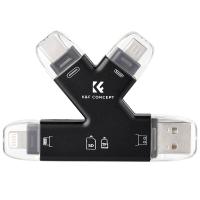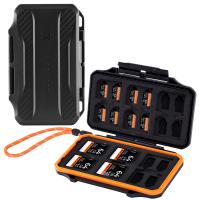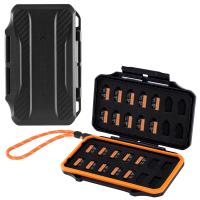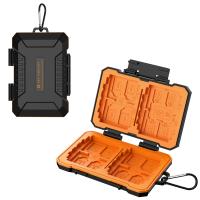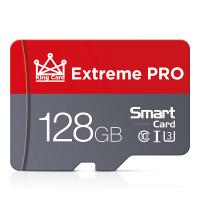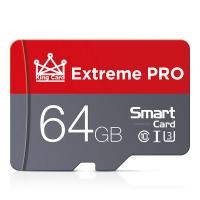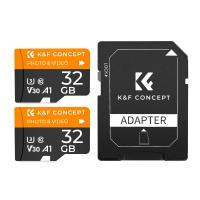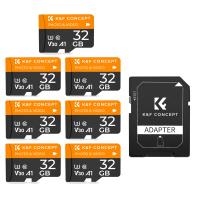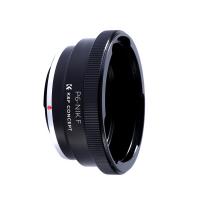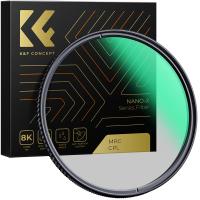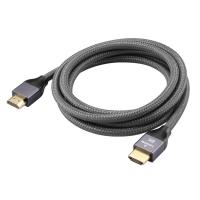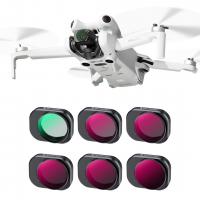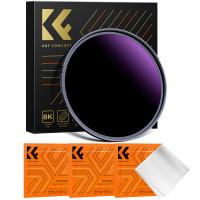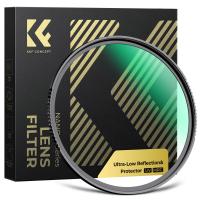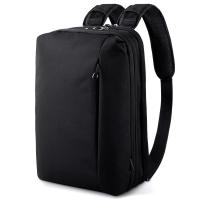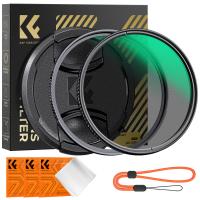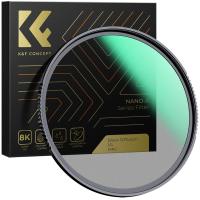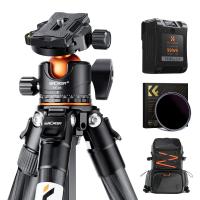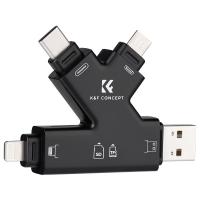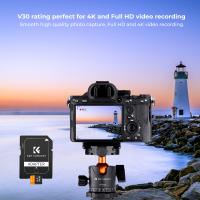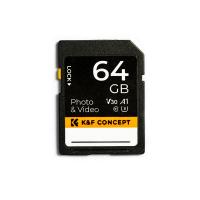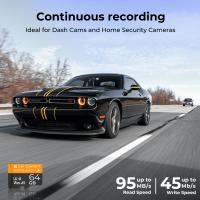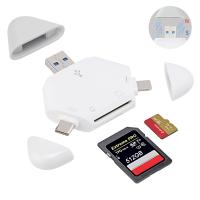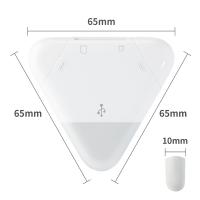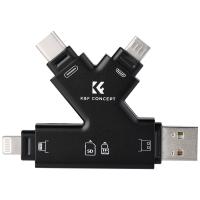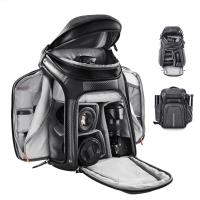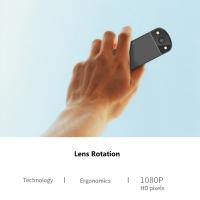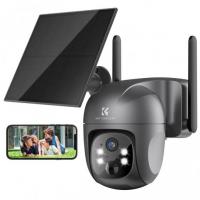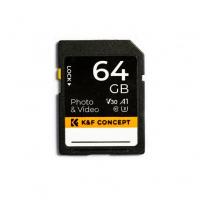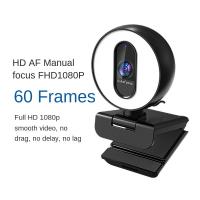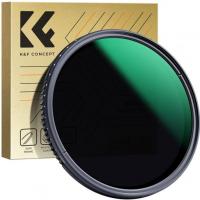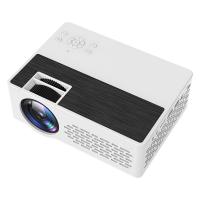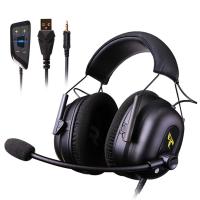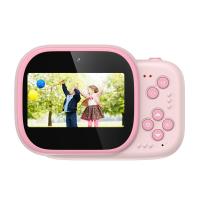Micro Sd Card Where To Put In Computer?
When it comes to using a microSD card with your computer, you might be wondering where exactly to insert it. Unlike regular SD cards, microSD cards are smaller, which can make it a bit tricky to know where they fit. Let’s break it down into a clear guide, covering the options and how you can use your microSD card with a computer effectively.
1. Directly Using a MicroSD Card with a Computer
Most modern laptops and desktop computers have built-in SD card readers, but they are typically designed to fit standard-sized SD cards, not the smaller microSD cards. If you want to use a microSD card directly, here’s what you need to know:
Built-in SD Card Slot
Some computers come with an SD card reader slot that can handle both standard SD and microSD cards. However, you’ll need to check the slot's size and whether it has a "mini" or "micro" size slot built into it.
- Finding the Slot: This slot is usually located on the side of a laptop, near the edges. On desktops, it’s often part of the front panel or integrated into the motherboard of your PC tower.
- Limitations: If your laptop or desktop has a standard SD card slot but not a microSD card slot, you can still use the microSD card by getting an SD card adapter (more on that later).
Using a Card Reader
If your computer doesn’t have a built-in microSD card slot, or if you prefer an easier connection, you can use a USB card reader that is compatible with microSD cards. These small, portable devices plug into your computer's USB port and allow you to read and write to microSD cards.
- How to Use It: Simply insert the microSD card into the card reader and plug it into any available USB port on your computer. The operating system should automatically detect the card, and you can access the files just like you would on any external drive.
- Pros: Easy to use and widely available. Card readers can also handle multiple types of memory cards.
- Cons: Requires carrying an extra accessory around.
Using an Adapter
If you only have an SD card slot on your computer, you can still use a microSD card with an SD card adapter. These adapters are small plastic devices that allow you to fit your microSD card into a full-size SD card slot.
- How to Use It: Insert the microSD card into the adapter, and then place the adapter into the SD card slot on your computer.
- Pros: Inexpensive and doesn’t require additional software or drivers. If you already have a microSD card, you won’t need to buy an entirely new card reader.
- Cons: The adapter is an extra piece to manage, and it may not be as compact as a direct USB card reader.
2. Alternative Ways to Use MicroSD Cards with Computers
Aside from using physical adapters or card readers, there are some other methods to access your microSD card through your computer, depending on the situation.
Using Your Smartphone as a Bridge
If you have a smartphone that supports microSD cards, you can use it as an intermediary to transfer data between the microSD card and your computer. Most smartphones can act as USB drives when connected to a computer.
- How to Use It: Insert your microSD card into the phone, connect the phone to your computer using a USB cable, and enable file transfer mode on the phone. The phone should appear as a storage device on your computer, allowing you to access files stored on the microSD card.
- Pros: No need to buy additional accessories, and the connection is often fast and reliable.
- Cons: Not all phones support file transfer via USB, and it may not be as fast or convenient as using a direct card reader.
Network Access or Cloud Storage
If you want to back up or share files from your microSD card and don’t have the necessary hardware, you can use cloud storage services like Google Drive, Dropbox, or OneDrive.
- How to Use It: Transfer your microSD card’s files to your phone, tablet, or another device with cloud access, then upload them to your preferred cloud service. You can later download the files from any device with internet access, including your computer.
- Pros: Very convenient, especially for sharing or accessing files remotely.
- Cons: Dependent on internet access and can take longer for larger files.
3. Troubleshooting Issues with MicroSD Cards on Computers
It’s not uncommon to face issues when trying to use a microSD card with your computer. If your system doesn’t recognize the card, or if it’s not functioning properly, there are a few things you can try:
Check the Card and Adapter
Ensure that the microSD card is properly inserted into the adapter or card reader. If it’s not fitting correctly or seems loose, try reinserting it. Similarly, check that the card reader is properly connected to your computer's USB port. Sometimes, USB ports can be faulty, so trying a different port may resolve the issue.
Update Drivers
If your card reader or the built-in SD card reader is not recognizing the microSD card, you might need to update your computer’s drivers. Visit the device manufacturer’s website to find the latest drivers for the card reader and install them.
- How to Update Drivers: On Windows, go to Device Manager, find your card reader under "Disk Drives" or "USB Devices", right-click, and select "Update driver". On macOS, you may need to check for system updates that might include updated drivers for your hardware.
Check the File System
Sometimes the issue might be with the file system format of the microSD card. If the card is formatted in a way that’s incompatible with your computer (e.g., formatted for use in a camera or phone), you may not be able to access the files until the card is reformatted.
- How to Format: You can format the card to a compatible file system (such as exFAT or FAT32) using your computer. Note that reformatting will erase all data, so make sure to back up any important files first.
Test the Card on Another Device
If your computer is still not detecting the microSD card, try testing the card in another device, such as a smartphone, tablet, or another computer. This can help determine whether the issue lies with the card or the computer’s card reader.
4. Conclusion
Knowing where to put a microSD card in your computer can be confusing at first, especially since the card's small size doesn’t fit into the standard SD card slot. However, with the right adapters or a USB card reader, you can easily access and transfer data from your microSD card. Whether you’re using your computer's built-in SD card reader, an adapter, or an external USB card reader, these methods allow you to get the most out of your microSD card.
For users who don't have a card reader, leveraging your smartphone as a bridge or even using cloud storage are excellent alternative methods. It’s all about choosing the solution that works best for your specific needs, whether it’s for data transfer, file storage, or backup. By following these steps and troubleshooting tips, you’ll have no trouble using your microSD card with any computer system, ensuring your data is accessible and secure.

